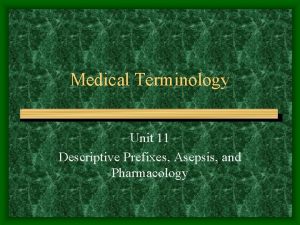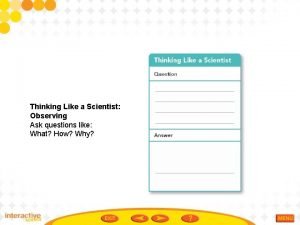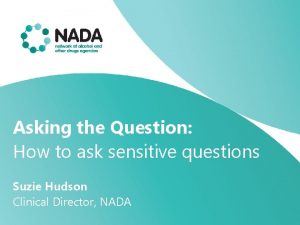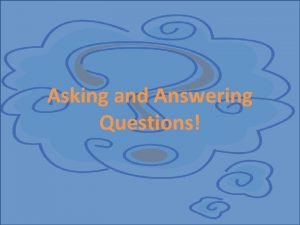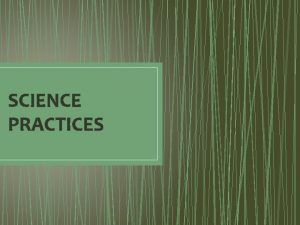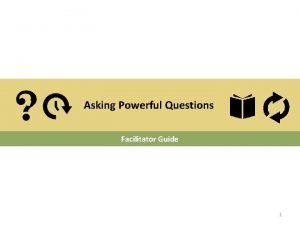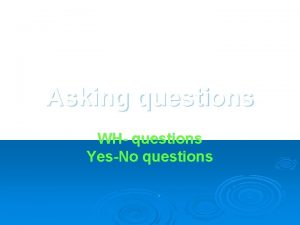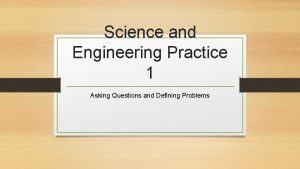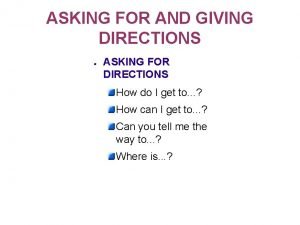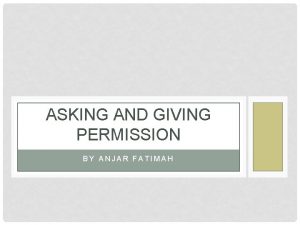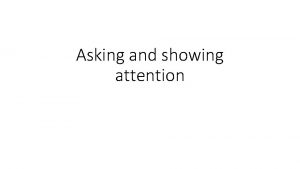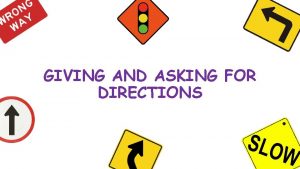Science and Engineering Practices SEPs 1 Asking questions










- Slides: 10

Science and Engineering Practices SEPs 1) Asking questions and defining problems 2) Developing and using models 3) Planning and carrying out investigations 4) Analyzing and interpreting data 5) Using mathematics and computational thinking 6) Constructing explanations and designing solutions 7) Engaging in argument from evidence 8) Obtaining, evaluating, and communicating info.

Simplified version to copy into your notes Sci. and Eng. Practices (SEPs): 1) Ask questions/define problems 2) Make/use models 3) Do investigations 4) Analyze/interp. data 5) Use math 6) Explain and design 7) Argue from evidence 8) Obtain and share information

Science and Engineering Practices 1) Asking questions and defining problems Classroom Example: How does the size of a magnet affect the number of paper clips it can pick up? Famous Example: After an apple fell on his head, Isaac Newton asked “Why do objects fall to the ground? ”

Science and Engineering Practices 2) Developing and using models Classroom Example: Students create a model of a strand of DNA to help them better understand genetics. Famous Example: Niels Bohr and Ernest Rutherford developed a model of the internal structure of atoms (called the Bohr model/diagram)

Science and Engineering Practices 3) Planning and carrying out investigations Classroom Example: Students do an investigation using red and blue dye in hot water and cold water to observe convection currents. Famous Example: To kill germs and make water safe to drink, in 1893 scientists in Hamburg Germany tried adding chlorine to the city water supply. Similar experiments were successfully conducted in England United States soon thereafter. H 2 O

Science and Engineering Practices 4) Analyzing and interpreting data Classroom Example: Students do an experiment to find the ideal amount of water for rose plants. They give different amounts of water to 20 roses plants. Later, they examine the data to draw a conclusion. Famous Example: In 1980 in Washington state, seismic devices recorded earthquake vibrations from Mount. St. Helens in March. Scientists analyzed this data which led them to suspect that an eruption might soon occur. In May Mount St. Helens erupted.

Science and Engineering Practices 5) Using mathematics and computational thinking Classroom Example: Students create and analyze graphs of the data from an investigation about the relationship between a ball’s mass and its speed when rolled down a ramp. Famous Example: When Albert Einstein developed his theory of relativity, he used the now famous equation E=MC 2 to show energy can be converted to mass and vice versa.

Science and Engineering Practices 6) Constructing explanations and designing solutions Classroom Example: Students explain how a bat is able to fly around in a dark cave without any light. Famous Example: By observing the sky at night, people noticed that unlike the stars, the planets moved. However, we could not figure out the exact motion. Then in the 1600 s Johannes Kepler explained that planets moved in elliptical orbits around the sun.

Science and Engineering Practices 7) Engaging in argument from evidence Classroom Example: Student use evidence to debate the hypothesis that Megaldon sharks still exits today. Famous Example: Charles Darwin suspected that species changed their structure and behavior over time in response to environmental changes. He based his ideas of years of research and specimen collections.

Science and Engineering Practices 8) Obtaining, evaluating, and communicating info. Classroom Example: A team of students discover a way to do an experiment more effectively. They share this approach with their classmates. Famous Example: In 1796 Edward Jenner successful tested a vaccine for smallpox after he had observed that milkmaids who had been infected with cowpox developed an immunity to smallpox. He shared this information with doctors around the world.

